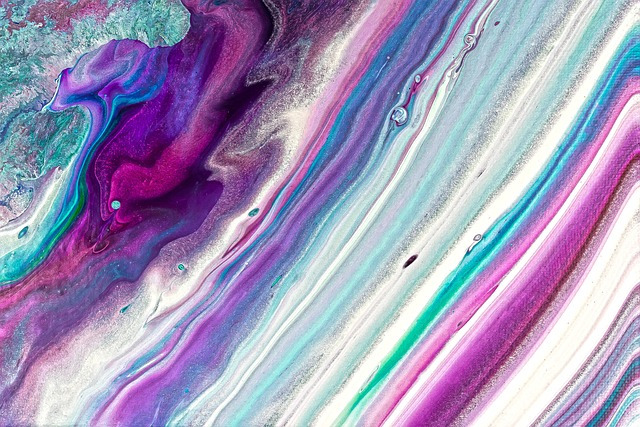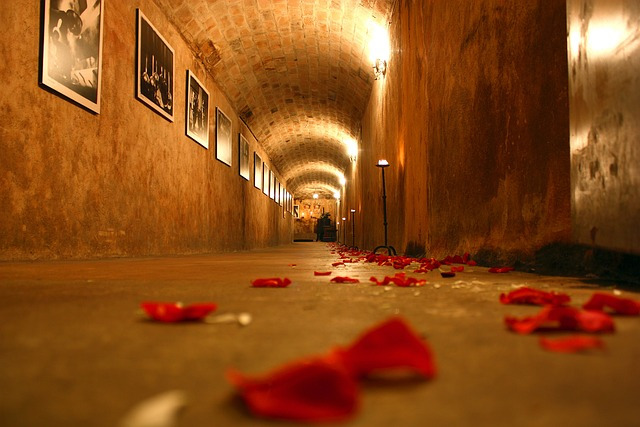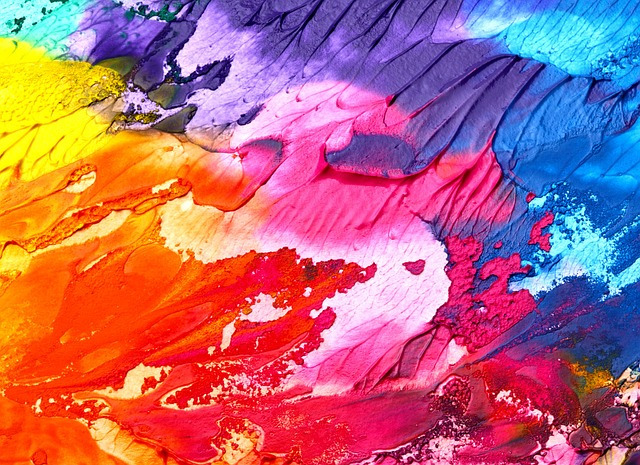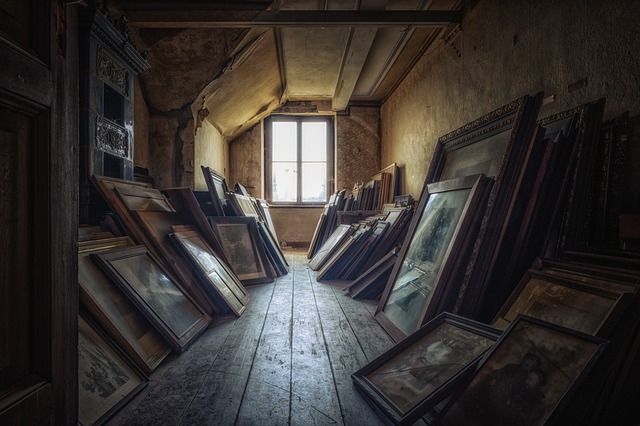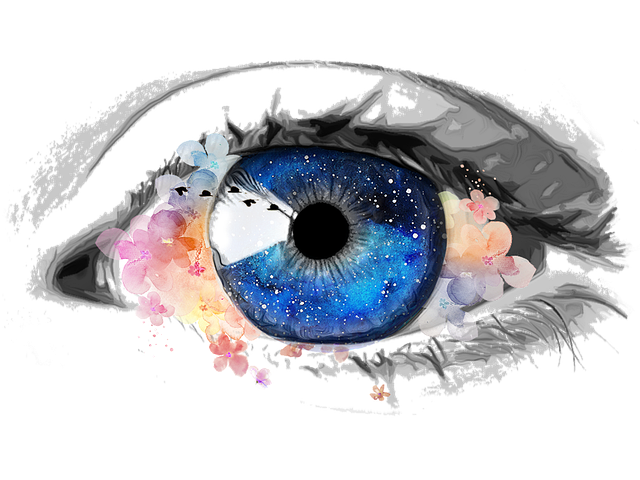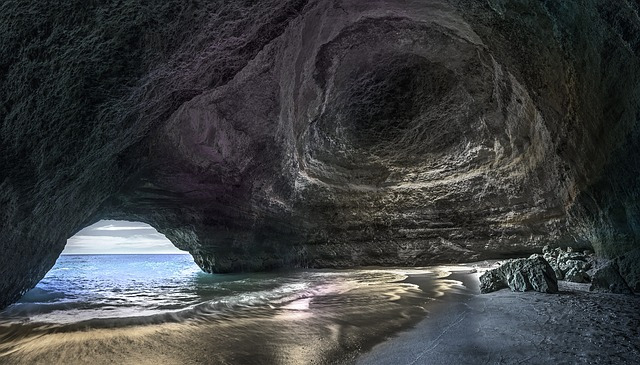For an example of a contemporary artistic medium, look no further than the nearest paintbrush with black and blue acrylic paint. This medium was selected by famous 20th Century artist Mark Rothkowski. Hundreds of artists were awarded for their talent by a prestigious program. AcrylicWorkSix Creative Energy is a book that deserves recognition. Using a winning painting in an acoustic painting contest, the winning acrylic painting will be included in the 6th edition collection of AcrylicWork. Enjoy 25 acrylics from the collection of 25 top artists whose work spans subjects and styles but they always deliver “best on show”.

#5 Artificial Nature by Jingyi Wang
Wang says that cacti are essentially creatures, Nature’s. By using the robust and independent character of cacti, the artists hope to express how humans influence the earth and the environment. The cast shadows on the blue, purple, green and blue background represent a different picture in which cactus has grown in an unimaginative, unnatural environment.
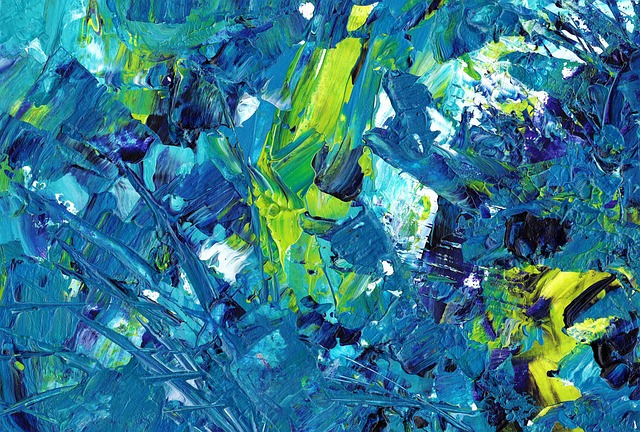
What is Acrylic painting
Acrylic painting is an exciting and creative activity that anyone can enjoy. Not only is it easy to learn, but it’s also an affordable medium for people of all skill levels. The versatility of acrylic paints makes them a great choice for creating a variety of techniques and effects, from abstract art to photorealistic painting and even fabric dying.
When creating your own work with acrylics, there are some key tips to help you get the most out of your tools and materials. Before starting, make sure you have the right supplies: quality paintbrushes with different sizes and shapes, canvas or paper suitable for use with acrylics, and plenty of rags for cleaning up. As you start painting, use thin layers rather than thick ones; this will help the colors blend more easily. You can also mix different colors together on your palette before applying them to create new shades—experimentation is key! Don’t forget that adding water can create interesting textures as well.
As you become more experienced at acrylic painting, don’t be afraid to express yourself through experimentation and play around with color schemes, composition and techniques until you find what works best for you! These tips will help get you started in optimizing a blog post titled “Acrylic Painting”. Have fun creating unique works that showcase beauty in life and your own artistic flair!

Are acrylic paintings valuable?
Acrylic paintings can be very valuable, depending on the artist and the painting itself. Acrylics are a relatively new type of paint, so there aren’t as many old masters paintings done in acrylics. However, there are some very famous contemporary artists who love to use acrylics, such famous artists as Robert Rauschenberg and Jasper Johns. If an acrylic painting is by a well-known artist, it can be quite valuable. However, even if it’s not by a famous artist, an acrylic painting can still be worth a lot of money if it’s a particularly good example of the genre or if it has an interesting story behind it.
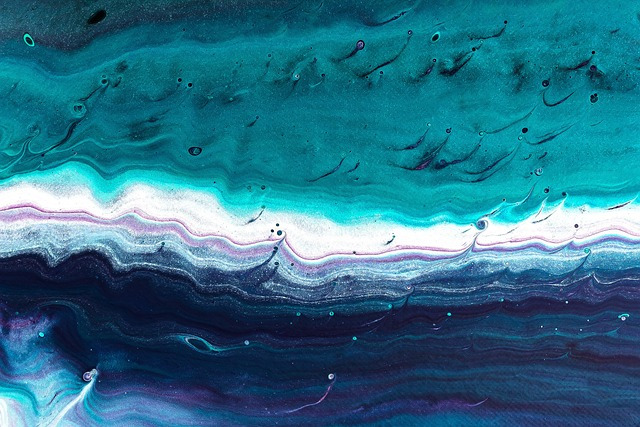
Is acrylic a fine art?
The debate over whether acrylic paint is fine art or not has been ongoing for decades now. On one hand, some traditionalists in the art world have argued that it is too synthetic and manufactured to be deemed as ‘fine art’. But on the other side of the argument, contemporary artists use acrylic paints to create stunning works of art every day. So, who’s right? Is acrylic paint considered a valid form of fine art or not?
To answer this question, let’s explore the history of acrylic paint and how it has developed over time. In its beginnings, back in the 1930s, acrylic paint was created by German chemists to be used in house paints and industrial finishes. Since then however, there have been significant improvements in how these types of pigments are created, making them more vibrant and intense colors than ever before. This has allowed artists to achieve richness and depth of color which had previously been impossible with oil paintings – thus making it an increasingly popular choice for many painters today.
One common misconception about acrylic painting is that it is easy to learn compared to other forms of painting such as oil or watercolor. However, although it may appear easier at first sight due its lack of smell or hazardous chemicals – learning how to use it properly requires dedication like any other type of fine art. It takes time mastering the techniques so that you can accurately convey what you want when applying acrylic paints – but once learned they provide beautiful textures and effects which can make your artwork stand out from others.
Acrylic paints also tend to be less expensive than oil paintings since they require fewer materials and supplies than traditional painting media. This makes them accessible for budget-conscious artists who want to create quality artwork without spending a fortune on supplies – but still end up with gallery worthy pieces in the end!
Finally, because acrylic paint dries quickly after being applied onto canvas – there is no need for long waiting times between layers as with oils or watercolours. This means that you can work faster and complete more pieces within a shorter period of time – further increasing its accessibility amongst aspiring fine artists everywhere!
So to conclude: yes – acrylic paint can definitively be considered a valid form of modern fine art! Through advancements in technology and pigmentation over the years -it has become increasingly popular amongst both hobbyists and professional painters alike due its affordability, fast drying time, light enough – and ability to produce stunning works with vivid colors and textures!
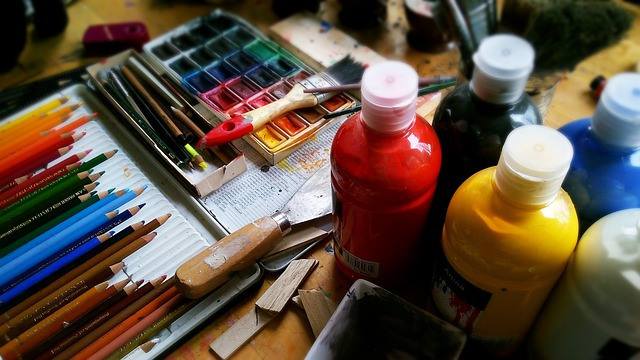
Acrylic Paints
Acrylic paints are one of the most versatile and easy to use media for creating artworks. Acrylics come in a variety of sizes, colors, textures, and sheen levels, making it a great choice for any artist. Acrylics also offer many unique characteristics that make them ideal for painting – they dry quickly, can be blended easily, and can be mixed with other mediums. Acrylic paints are both long-lasting and vibrant, making them the perfect choice for any artwork.
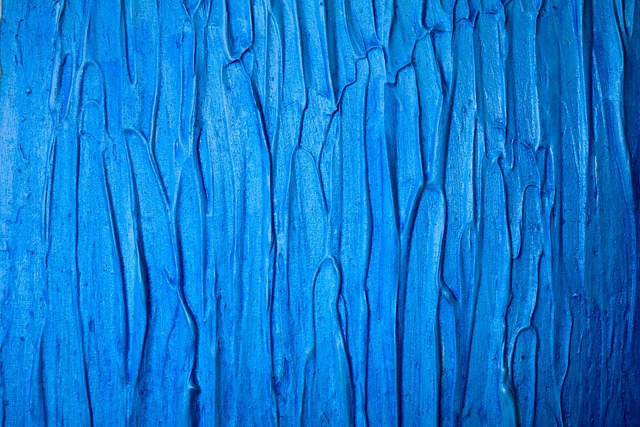
Acrylic Paint
Acrylic paints are a popular medium for artistic expression, and they can bring a unique luminosity to artwork. Acrylics offer a wide range of painting techniques and finishes. One of the advantages of acrylics is that they dry quickly, allowing you to add multiple layers in a short amount of time. Acrylics also make it easier to blend colors and create new shades by combining existing colors. Additionally, acrylic paints have a high degree of flexibility when it comes to application; with different paintbrushes, sponges, and other tools, you can create textures from smooth lines to three-dimensional effects.
When working with acrylic paints, there are several techniques you can use to achieve the desired effect. For instance, wet blending is an excellent way to mix colors while adding transparency or blending two colors together seamlessly. Dry brushing is another technique used to give your paintings texture and depth. For example, try using a stiff brush on both wet paint and dried areas for more contrast in the piece.

Acrylic artist
Acrylic paints are a versatile and popular medium for artists of all levels. Whether you’re a beginner, professional, or somewhere in between, acrylics can create stunning results. Here we’ll cover some tips on how to optimize your acrylic painting for a professional look.
First, you should prepare your canvas or surfaces with gesso primer and sand it before beginning your painting. This will help to create a smooth surface that makes it easy to layer and blend colors. Additionally, pre-stretch your canvas if you’re using one so that it doesn’t warp while wet with paint.
Use quality brushes and materials when creating your artwork as this will ensure better performance and longevity of the piece. Cheap or low quality supplies can leave behind unwanted textures, particles, or streaks in the paint which will make the finished piece appear unprofessional. Spend some extra money on good quality brushes especially as they are an integral part of the painting process.
